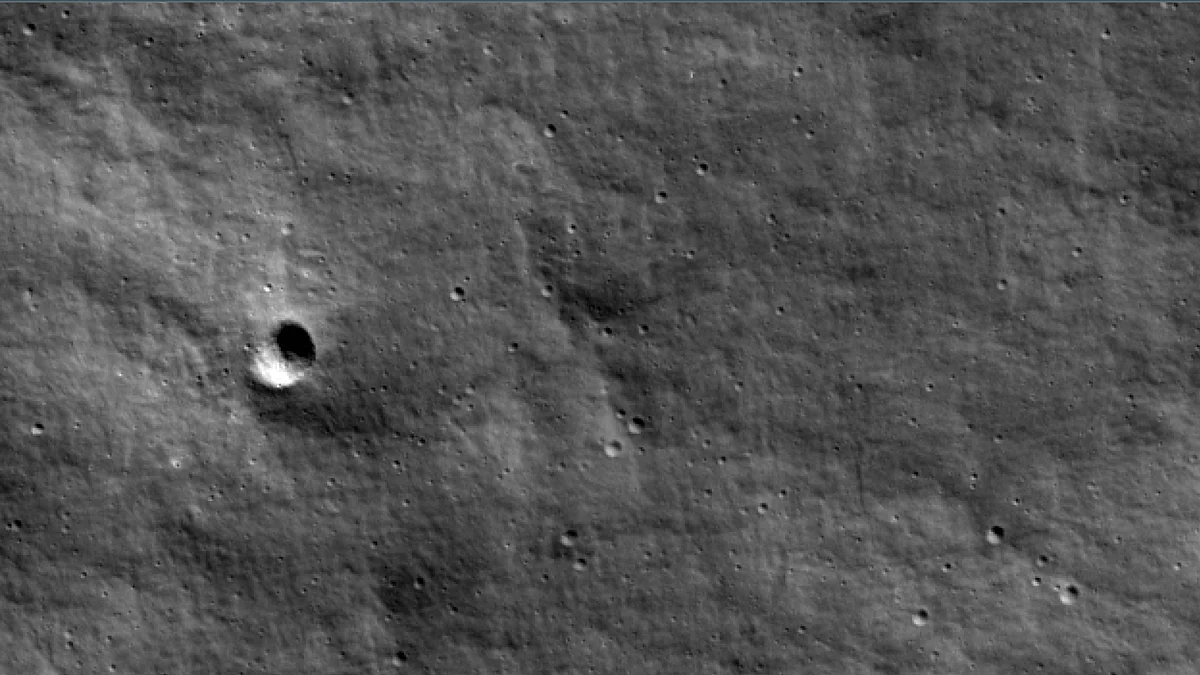NASA spacecraft spots moon crater likely caused by Russia’s Luna 25
Russia’s Luna Lander mission, expected to land on the moon’s south pole along with India’s Chandrayaan-3, crashed into the lunar surface on 19 August

US space agency NASA on 1 September said that its Lunar Reconnaissance Orbiter (LRO) spacecraft has imaged a new crater on the Moon's surface that is likely the impact site of Russia's Luna 25 mission.
Luna-25 took off atop a Soyuz-2.1b rocket from the Vostochny launch facility in Russia at 2.10 am Moscow time (4.40 am IST) on 11 August, TASS news agency reported.
The craft was expected to land on the moon’s south pole along with India’s Chandrayaan-3. However, during its descent, Luna-25 experienced an anomaly that caused it to impact the surface on 19 August.
Roscosmos, Russia’s space agency, published an estimate of the impact point on 21 August.
LRO’s most recent "before" image of the area was captured in June 2022; thus, the new crater formed sometime after that date. Since this new crater is close to the estimated Luna-25 impact point, the LRO team concludes it is likely to be from that mission, rather than a natural impactor.
“The new crater is about 10 metres in diameter and is located at 57.865 degrees south latitude and 61.360 degrees east longitude at an elevation of about minus 360 metres,” NASA said.
“The impact point was on the steep (greater than 20-degree grade) inner rim of Pontecoulant G crater, about 400 kilometres short of Luna 25’s intended landing point at 69.545 degrees south, 43.544 degrees east,” it added.
Russia aimed to return to the moon with its Luna-25 lander mission after 47 years. Its last lunar mission Luna-24 was launched in 1976, under the former Soviet Union.
Meanwhile, Roscosmos has planned Luna-26 for 2027, Luna-27 for 2028, and Luna-28 in 2030 or later. The country is also aiming at a manned mission and the construction of a lunar base, along with other countries such as the US, India and China.
Follow us on: Facebook, Twitter, Google News, Instagram
Join our official telegram channel (@nationalherald) and stay updated with the latest headlines